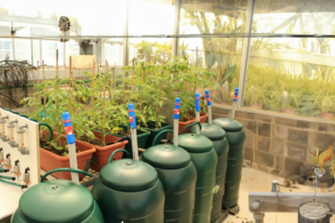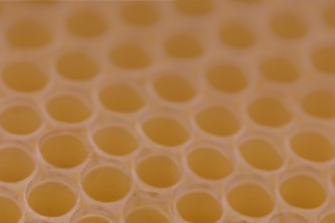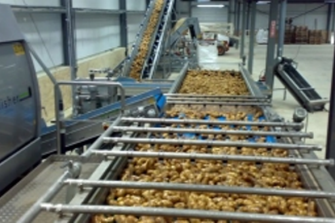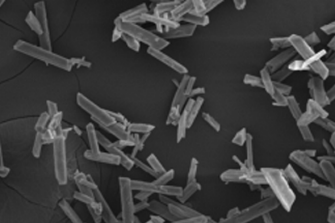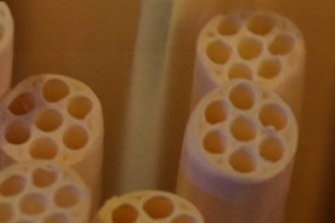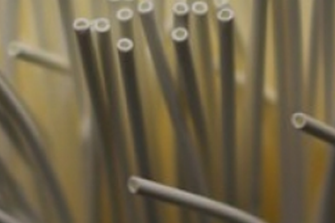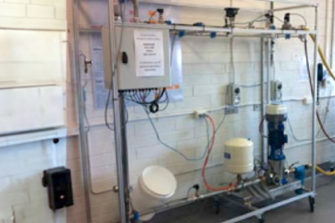Food & agriculture
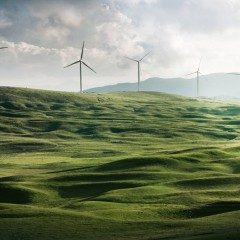
Membrane filtration is state-of-the-art technology for clarification, fractionation and concentration within the food industry, and the centre has had a long history of membrane research in this are, in particular, with the dairy industry and this relationship continues with an ongoing collaborations with Dairy Innovation Australia. Researchers from the centre also regularly consult with industry members to help improve and optimize their facilities including through membrane autopsy as water and wastewater usage and disposal become more cost sensitive issues for the industry.
On-going work by Prof. Greg Leslie and Prof Emer. Bruce Sutton have been investigating alternative uses for membranes in agriculture. Specifically they are studying the use of reverse osmosis and nanofiltration membranes for subsurface drip irrigation, which has significant commercial potential by allowing farmers to continue to produce crops during extended periods of drought where brackish and other high salinity water source are all that remain available.
For further information
Please contact Prof. Greg Leslie | UNSW
Ph: +61 2 9385 6092
E: g.leslie@unsw.edu.au

